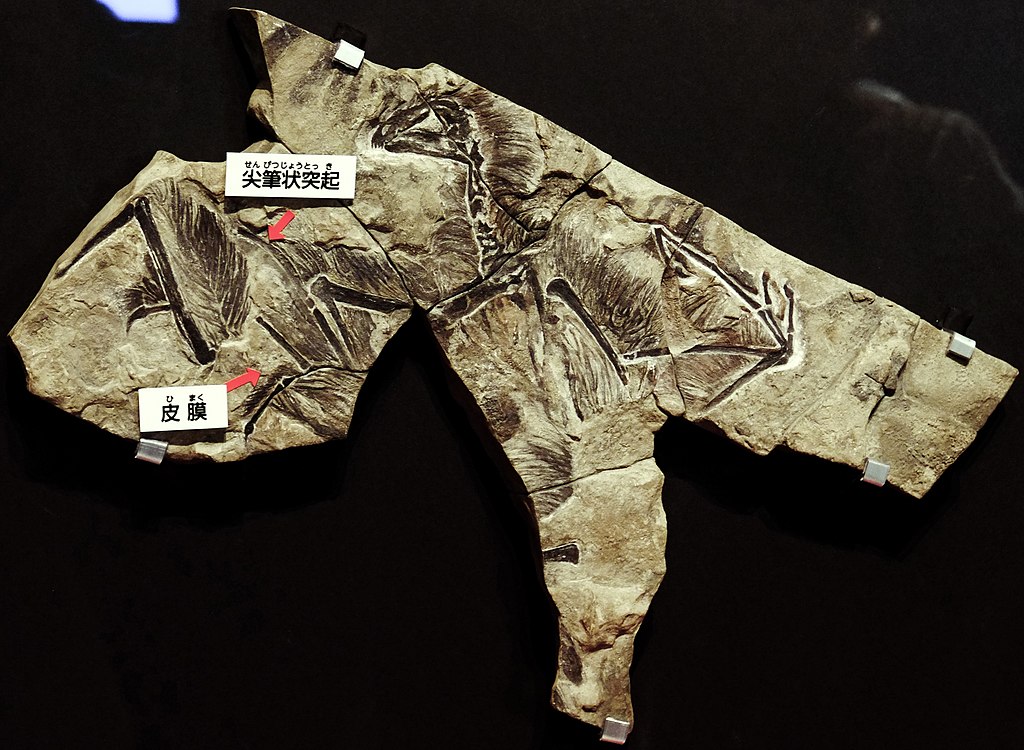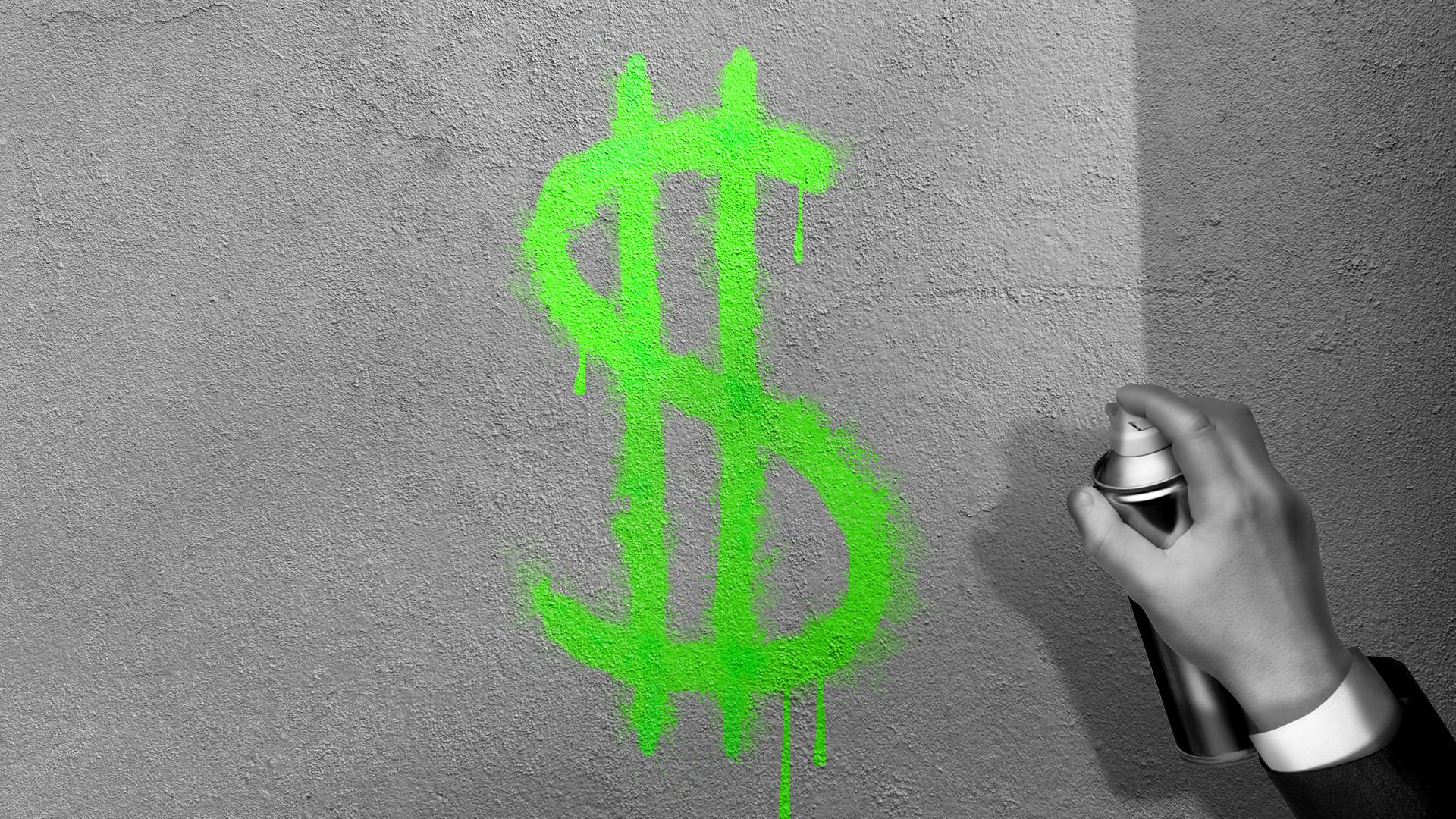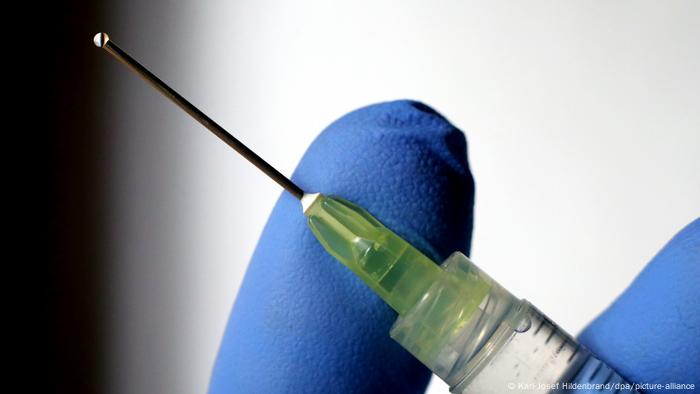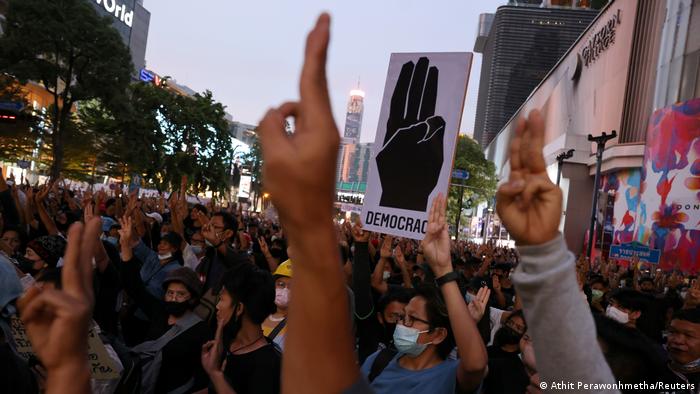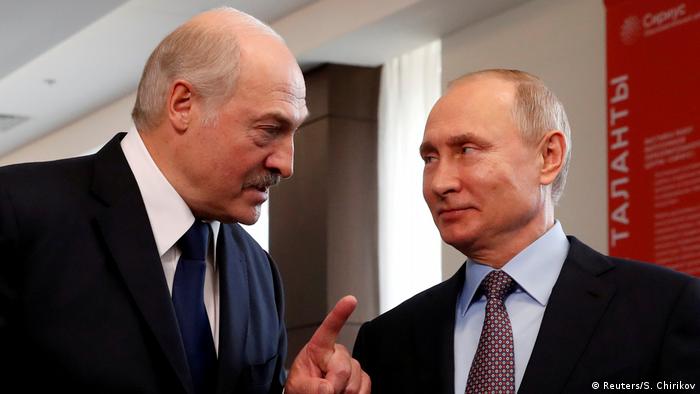BY HOPE NGO/OCT. 26, 2020
Here's a statistic we almost never see. Back in August, The Guardian reported that nearly 1,100 healthcare workers in the United States have died from COVID-19 and its complications. Many of the workers were Black, Latino, Asian/Pacific Islander, or Native American. And of those profiled, just over 30 percent were immigrants, born outside of the United States (via KHN). By the end of September, the National Nurses United reported that number had risen to more than 1,700.
"These deaths were avoidable and unnecessary due to government and employer willful inaction. Nurses and health care workers were forced to work without personal protective equipment they needed to do their job safely. It is immoral and unconscionable that they lost their lives," Zenei Cortez, R.N., one union president said (via Fierce Healthcare).
So it was jarring for physicians to hear President Donald Trump to take to the campaign trail during the weekend, and claim that "doctors get more money, and hospitals get more money" if they inflate COVID-19 death rates (via Twitter). Doctors were rendered speechless by the accusation, before medical associations came forward to defend their members.
ACEP: To imply that physicians inflate deaths from the pandemic is offensive

John Moore/Getty Images
The American College of Emergency Physicians released a statement saying, "On behalf of the nation's emergency physicians, ACEP is appalled by President Trump's reckless and false assertions that physicians are overcounting deaths related to COVID-19. Emergency physicians and other health care workers have risked their lives day in and day out for almost a year battling the greatest public health crisis in a generation—all while watching countless patients die alone, going to work without sufficient protection equipment, and struggling with crushing anxiety about getting sick or spreading the virus to their loved ones."
The statement continued, "To imply that emergency physicians would inflate the number of deaths from this pandemic to gain financially is offensive, especially as many are actually under unprecedented financial strain as they continue to bear the brunt of COVID-19."
Health care workers are struggling financially: ACP

John Moore/Getty Images
The American College of Physicians pointed out that the death toll wasn't over-reported, but in fact, the opposite was true. "ACP notes that several recent studies suggest that the actual number of people who have died from COVID-19 is much higher than the terrible toll of 220,000 deaths officially attributed to the virus. Alleging that COVID-19 deaths instead are overcounted undermines the work by physicians and public health authorities to remind the public of the seriousness of the pandemic and to recommend steps to reduce transmission of the virus, cases, and deaths."
The group continued in its statement, "ACP has been aggressively advocating on behalf of internists and their patients during the COVID-19 pandemic to support their need for adequate PPE, for appropriate funding and payments to help sustain their practices so they can continue to provide patient care, and has called for following evidence-based science in fighting the pandemic. In reality, many internists and other physicians are struggling financially during this time but continue to put themselves and their families and loved ones at risk in the name of their profession and duty to their patients and communities."
Physicians and patients are making sacrifices: AMA

John Moore/Getty Images
The American Medical Association also reacted strongly to the allegations, saying, "At a time when physicians and other health care professionals are providing care to a number of COVID-19 patients amidst a third wave, there is misinformation about how patients are counted. Let's be clear physicians are not inflating the number of COVID-19 patients. Research published in JAMA and in CDC reports indicate that the US had significantly more deaths in 2020 than in previous years (excess deaths). Physicians and patients are making remarkable sacrifices and we continue urging all to wear a mask, physical distance, and wash your hands to reduce suffering, illness, and death."
Per The New York Times, the number of new coronavirus cases hit a daily high of 78,702 cases over the weekend — and now more than 8.7 million have been infected with coronavirus; over 225,000 people have died. Some of the worst spikes have been seen in rural counties, with states like Illinois, Tennessee, New Mexico, Nebraska, and Utah reaching new records.
It's exhausting to have a president working against us: doctors

Scott Eisen/Getty Images
Doctors have taken to Twitter to express their anger over the president's campaign remarks. One tweeted, "TBH most of us took pay cuts." Another said: "For the first time ever, last spring I was scared to go to work. I was scared of being infected, infecting my family, of what was happening to my patients and whether hospitals had the capacity to care for them. This is what HCWs are concerned about, not cheating the system." A third healthcare worker tweeted: "I can't describe to you how inaccurate, dangerous, and vile this is. It's just... wrong."
Perhaps the most heartbreaking words came from one public health expert who said: "For healthcare workers, it's really exhausting to have a president constantly working against us — instead of with us — in the middle of a pandemic."
Read More: https://www.thelist.com/267347/why-trumps-latest-covid-19-comments-have-doctors-furious/?utm_campaign=clip






